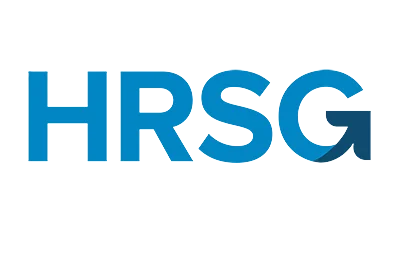In the contemporary, highly competitive business environment, organizations are placing greater emphasis on the efficacy and impact of their human resources (HR) programs and initiatives. To guarantee the delivery of the desired outcomes, HR professionals must employ HR metrics, program evaluation, data analysis, and other tools to accurately measure and monitor employee performance and the return on investment (ROI) of their initiatives. This article will delve into the essential components of assessing the impact of HR program and initiatives, offering invaluable insights and best practices for HR professionals seeking to enhance their efforts.
Identifying Relevant HR Metrics
The first step in measuring the impact of HR programs and initiatives is identifying the relevant HR metrics that can provide meaningful insights into employee performance and the success of the program. These metrics should align with the organization’s strategic goals and objectives and be directly related to the specific outcomes the program aims to achieve. Some common HR metrics include employee engagement, turnover rate, productivity, and time-to-fill open positions. By selecting the appropriate HR metrics, HR professionals can ensure that their program evaluation is focused on the most relevant aspects of employee performance and program success.
Gathering and Analyzing Data HR Programs
Once the relevant HR metrics have been identified, HR professionals must gather and analyze the necessary data to evaluate the impact of their programs and initiatives. This involves collecting data from various sources, such as employee surveys, performance reviews, and HR information systems, and leveraging data analysis tools and techniques to identify trends, patterns, and correlations. By analyzing this data, HR professionals can gain valuable insights into the effectiveness of their programs, allowing them to make data-driven decisions and optimize their initiatives for maximum impact.
Assessing Employee Performance
A critical component of measuring the impact of HR programs and initiatives is evaluating employee performance. This involves assessing the performance of individual employees, teams, and the organization as a whole to determine the extent to which the program has contributed to improvements in key performance indicators (KPIs). By tracking employee performance over time and comparing it to established benchmarks, HR professionals can gain a clear understanding of the program’s impact on employees and the organization.
Calculating Return on Investment (ROI)
To determine te financial impact of HR programs and initiatives, HR professionals must calculate the return on investment (ROI) of their efforts. This involves comparing the costs associated with implementing the program (such as training, materials, and personnel) to the financial benefits it has generated (such as increased productivity, reduced turnover, and improved employee performance). By calculating the ROI of their programs, HR professionals can demonstrate the value of their initiatives to organizational stakeholders and justify continued investment in HR initiatives.
Leveraging Program Evaluation Techniques
In addition to utilizing HR metrics, data analysis, and ROI calculations, HR professionals should leverage various program evaluation techniques to assess the impact of their programs and initiatives. These techniques can include qualitative methods, such as interviews, focus groups, and case studies, as well as quantitative methods, such as surveys and statistical analysis. By employing a combination of program evaluation techniques, HR professionals can gain a comprehensive understanding of the impact of their programs, identifying areas of success and opportunities for improvement.
Continuous Improvement and Optimization
Measuring the impact of HR programs and initiatives is not a one-time process; it should be an ongoing effort that involves continuous monitoring, evaluation, and improvement. As HR professionals gather and analyze data, assess employee performance, and calculate ROI, they should use these insights to refine their programs and initiatives, making adjustments to optimize their impact. This process of continuous improvement ensures that HR programs and initiatives remain effective, relevant, and aligned with the organization’s strategic goals and objectives.
Conclusion
In conclusion, measuring the impact of HR programs and initiatives is a critical aspect of effective HR management, enabling organizations to optimize their efforts and maximize the value of their HR initiatives. By identifying relevant HR metrics, gathering and analyzing data, assessing employee performance, calculating ROI, leveraging program evaluation techniques, and engaging in continuous improvement, HR professionals can ensure the success of their programs and demonstrate the value of their efforts to organizational stakeholders. As the business landscape continues to evolve, HR professionals must remain agile and adaptable, staying informed about emerging trends and best practices, and continuously refining their approach to measuring the impact of their programs and initiatives. By doing so, they can not only enhance the effectiveness of their HR efforts but also contribute to the overall success of their organizations.






